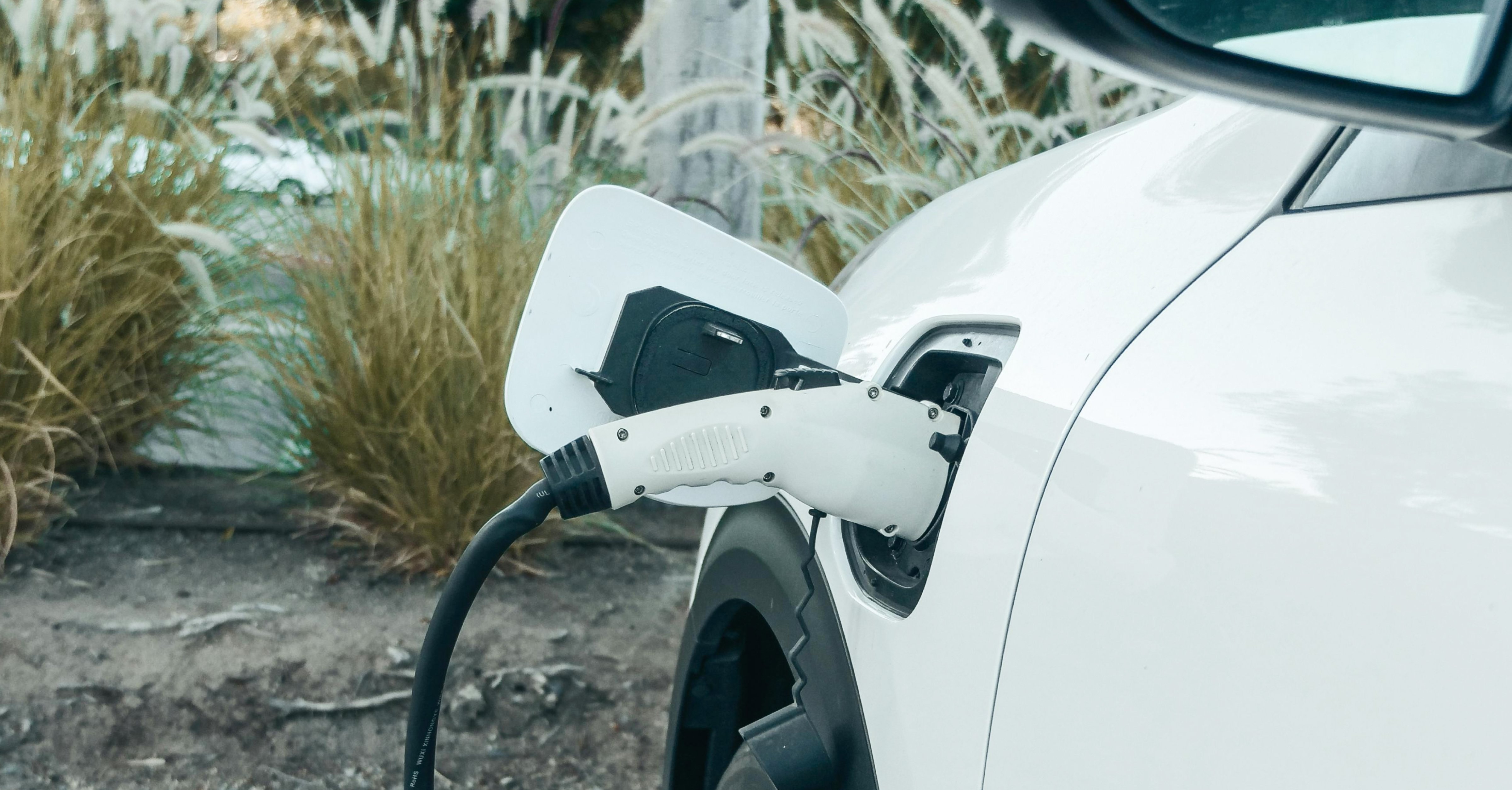Over one million electric vehicles were present in commercial fleets in 2021, up 3x from 2019. In the United States, this figure is expected to reach 4 million EVs by 2030. Whether due to rising fuel and declining battery costs, or more affordable makes and models, fleet electrification is becoming more attainable globally. Government incentives and expanded charging infrastructure make the transition easier, and align with increasingly popular corporate ESG goals.
Our on-demand webinar, “Why Fleet Electrification Makes Economic Sense and How to Transition to EVs for Long-Term Success,” tackles these topics and expands on the EverCharge advantage with our in-house subject matter experts.
Why Are Fleets Electrifying?
A 2023 McKinsey & Co. report shares that BEVs (battery electric vehicles) consistently outperform ICEs (internal-combustion engines) when it comes to total cost of ownership. And while gas and diesel are subject to varying costs, electricity is far less expensive than traditional fuel. For fleets, this means that total budgets become much more predictable, static, and consistent.
From a maintenance perspective, EVs present far less moving parts than an ICE, gas, or diesel engine. Long-term, general up-keep is, therefore, less expensive. Plus, reduced downtime from fueling creates more efficient operations.
What Are Factors to Consider When Electrifying?
EverCharge’s VP of Engineering shares that site design is one of the most important factors to consider when choosing to electrify your fleet. Construction costs are often the most expensive part of any electrification project, so placing chargers in areas where cars are already parked minimizes these fees and operational changes.
In tandem, selecting vehicles that easily work with current routes, vehicle ranges, battery life, and more lessens the amount of time and effort required to train employees on new procedures. Vertically-integrated vendors that offer hardware, software, installation, maintenance, and support services can further minimize downtime with quicker turnarounds.
